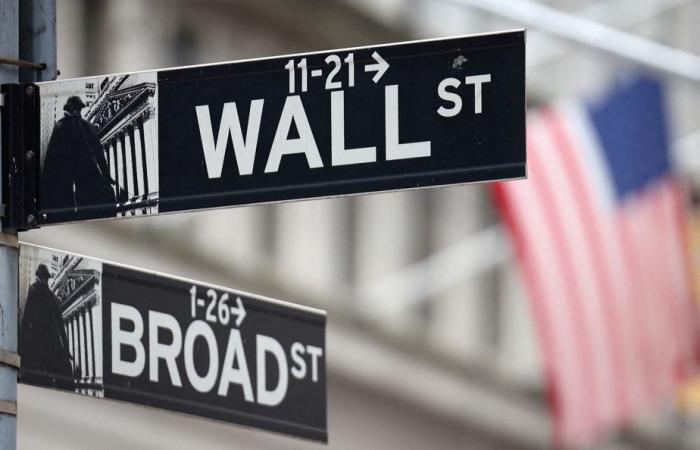(New York) The New York Stock Exchange ended higher on Friday and chose to ignore a poor American employment figure truncated by exceptional elements, to remain confident in the state of the United States economy.
Posted at 12:44 p.m.
Updated at 5:07 p.m.
The Dow Jones gained 0.69 per cent, the NASDAQ index 0.80 per cent and the S&P 500 broad index gained 0.41 per cent.
The stock market reacted calmly to the report from the Ministry of Labor, which nevertheless reported only 12,000 job creations in October, compared to 110,000 forecast by economists.
The ministry warned that the data was affected by the effects of hurricanes Helen and Milton, which swept across the southeastern United States in late September and early October respectively.
“The hurricanes and the Boeing strike certainly had an influence on this data,” explained economists at High Frequency Economics.
The strikers are in fact not counted as employees by the Ministry of Labor, which has excluded around 33,000 Boeing employees, currently on work stoppage for lack of a new social agreement.
“The average salary has increased more than expected and the unemployment rate has not changed,” noted Steve Sosnick of Interactive Brokers. “That makes me think the job market is doing well. »
The bond market reacted much more vigorously to this publication. The yield on 2-year US government bonds fell from 4.21% to 4.06% in a few minutes, before rising again to 4.21%.
“Stocks have done their best to ignore this reversal in bonds and try to go higher or at least maintain their rise,” observed Steve Sosnick.
To maintain this posture, the market took advantage of traditional inflows at the start of the month.
He nevertheless limited his progress “because people did not want to position themselves too clearly before the weekend”, according to Steve Sosnick.
The New York market defied the predictions of many analysts, who predicted a peak in volatility in the run-up to the American presidential vote on Tuesday.
The VIX index, which measures investor nervousness, fell more than 5% on Friday.
“The market doesn’t seem to bet too much on the election one way or the other and seems to think that the status quo will prevail,” said Steve Sosnick.
To stay in the green, Wall Street was helped by a few companies, notably Amazon (+6.19%), which published results above expectations on Thursday after the market closed.
The Seattle group (Washington state, northwest) saw its subsidiary dedicated to remote computing (cloud) AWS accelerate its growth for the sixth quarter in a row.
Very committed to the development of the cloud and artificial intelligence, Amazon has insisted on the high level of margins presented by this activity.
A sensitive subject for operators, who, on the other hand, sanctioned Apple (-1.33%) for its forecasts considered modest and a pace of deployment of AI that is too slow.
Elsewhere on the stock market, Chevron was popular (+2.86%), the contraction in its margins in the third quarter having been less marked than feared by analysts.
Its competitor ExxonMobil (-1.57%) paid a turnover lower than expected, due in particular to a drop in natural gas prices.
Semiconductor giant Intel shone (+7.81%) despite a colossal loss of $17 billion linked to writedowns. Operators especially paid attention to the forecast of higher-than-expected turnover for the fourth quarter.
Boeing shares rose 3.54% after the announcement of a compromise between the aircraft manufacturer’s management and the IAM machinists’ union, on strike since mid-September. The project must nevertheless still be approved by a majority of employee members of the union organization on Monday.






